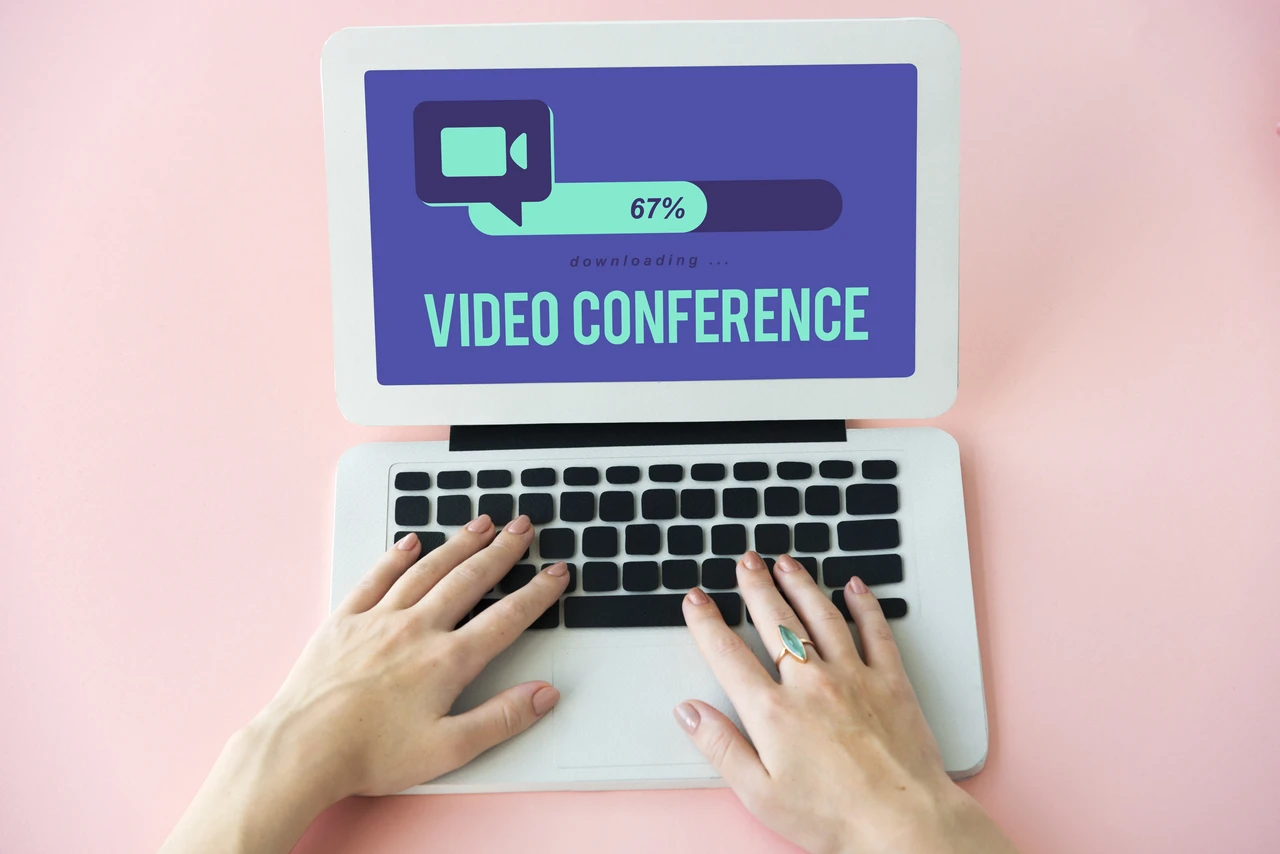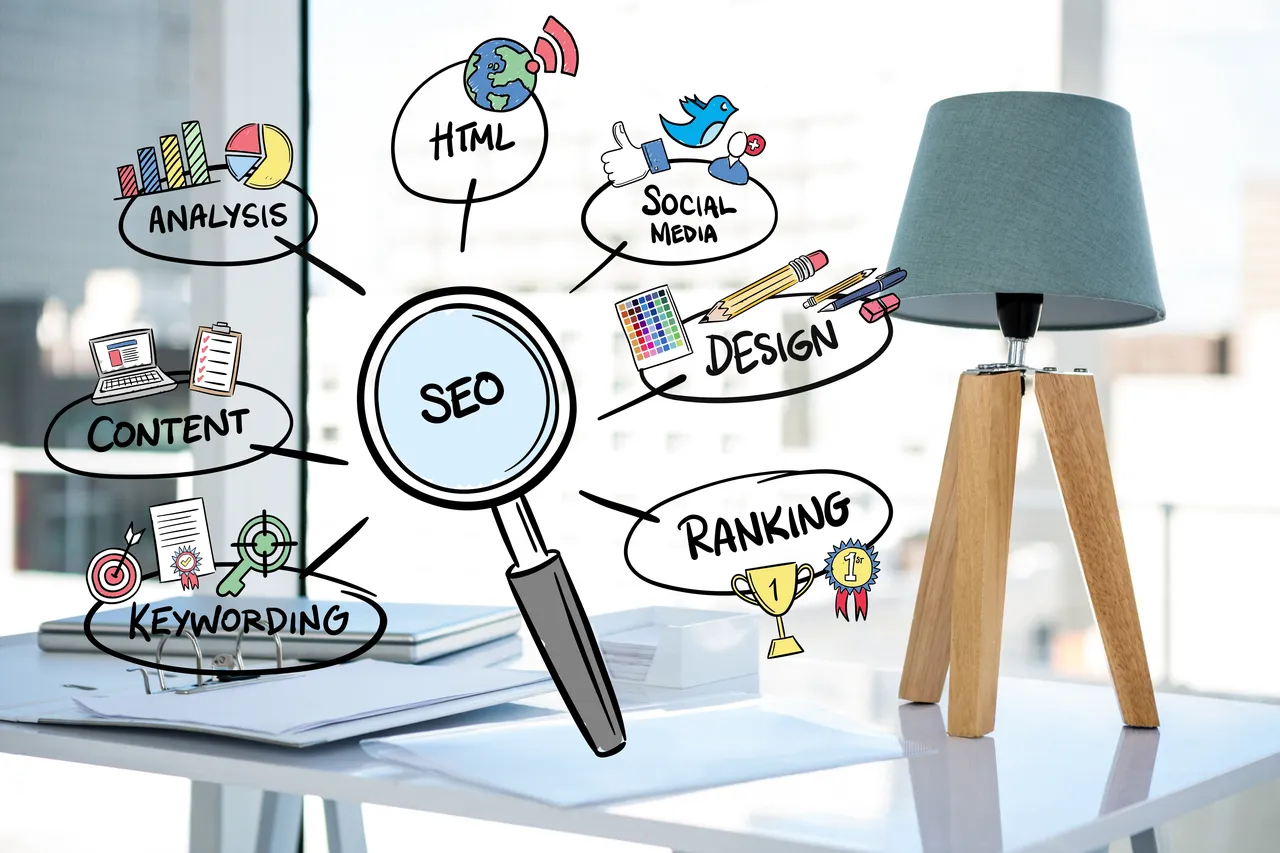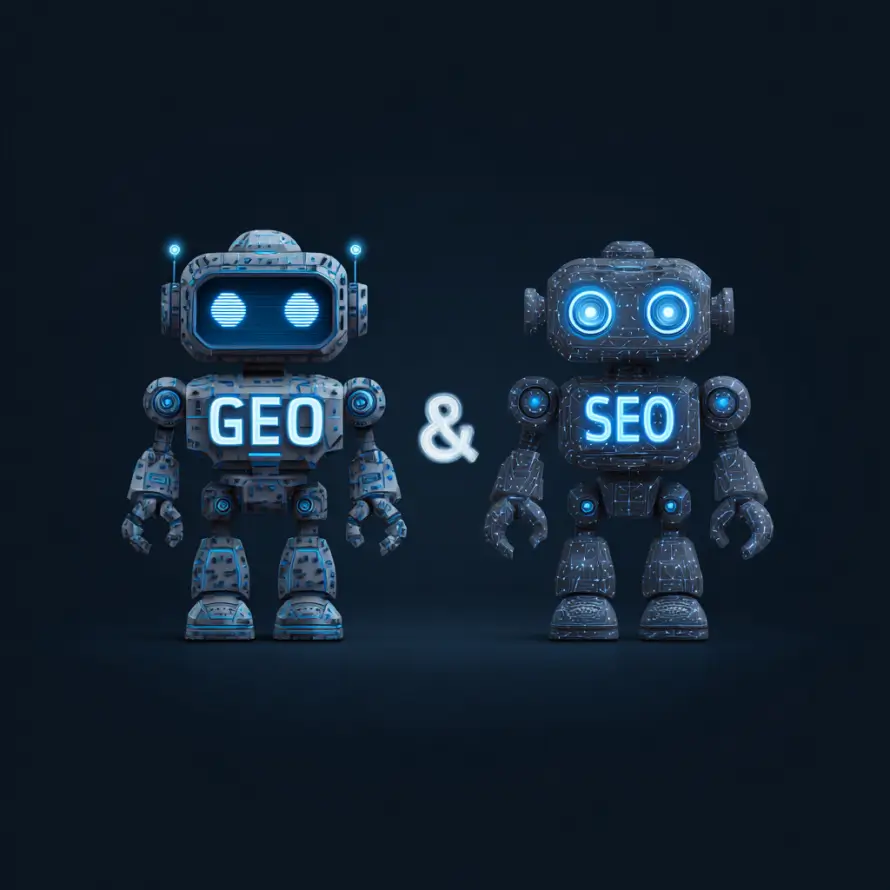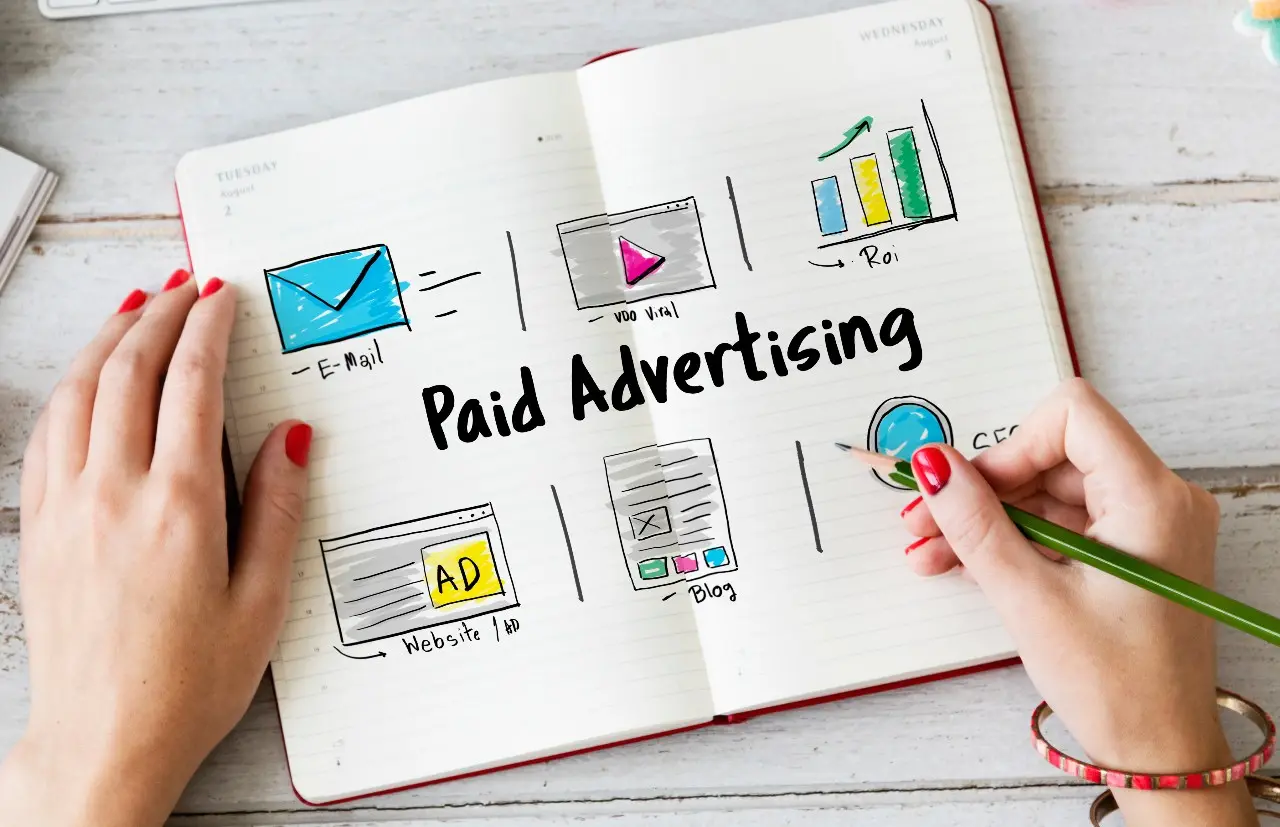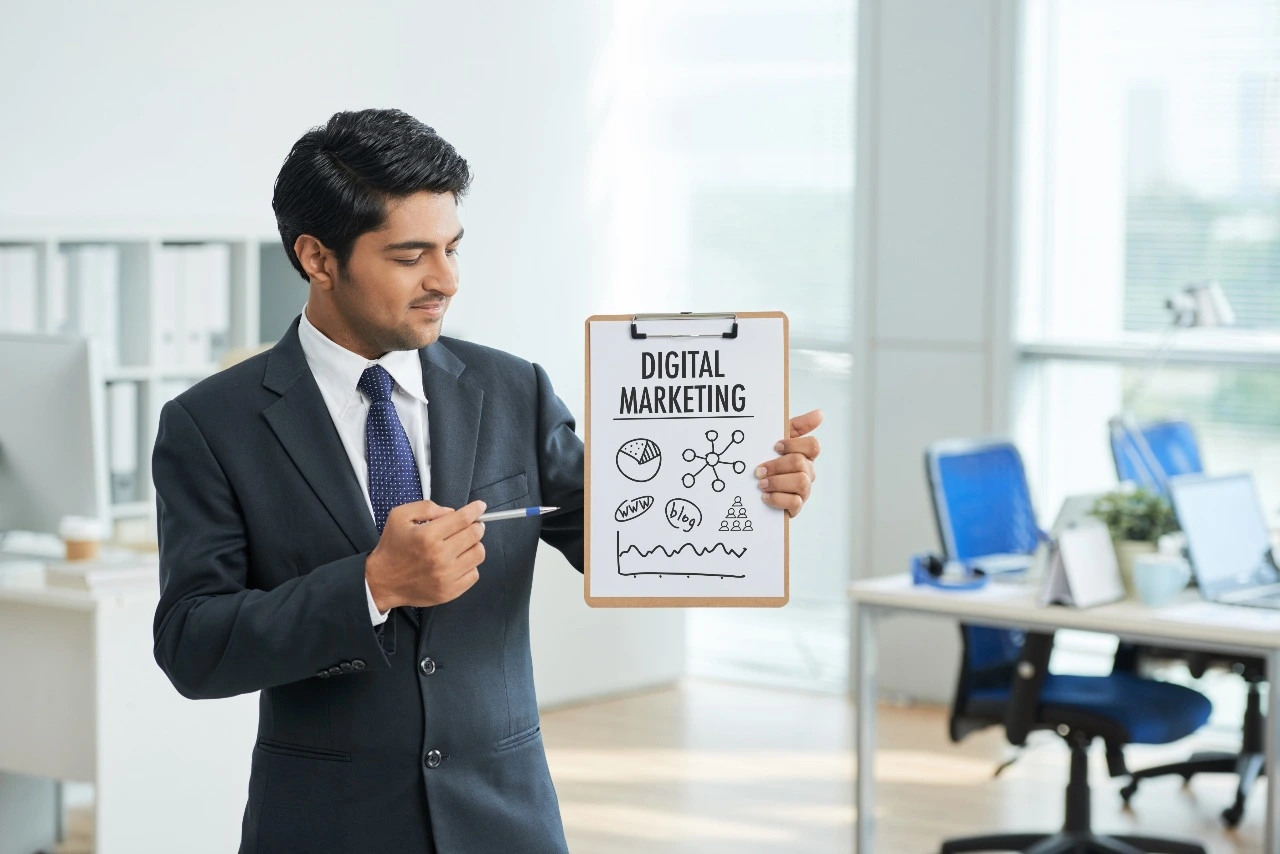Listen to article
In today’s fast-paced digital landscape, where trends come and go in the blink of an eye, creating content that stands the test of time is more critical than ever. Businesses are constantly seeking strategies to maximize their marketing ROI, and one of the most effective ways to do so is by focusing on content with a long content lifespan. But what specific content types offer the greatest endurance and continue to deliver value long after they’re published?
From evergreen blog posts and in-depth video tutorials to foundational resources like whitepapers and ebooks, certain formats have a remarkable ability to remain relevant and engaging over extended periods. This article dives into different content formats and uncovers why they continue to be valuable assets for businesses looking to build a lasting online presence.
Blogging: An Evergreen Asset for Sustained Business Growth
If there’s one content type that continues to prove its worth year after year, it’s blogging. Far from being just another tool in the content marketer’s kit, blogs are a keystone for building authority, driving organic traffic, and nurturing leads over time. Their ability to stay relevant through regular updates and repurposing makes them a powerhouse for businesses looking to maximize ROI from their content strategies.
- 90% of content marketers include blogs in their overarching marketing strategies. Source
- Companies with blogs see 55% more website visitors, 97% more inbound links, and a staggering 434% more indexed pages. Source
- Blogging drives measurable results for B2B companies, with those publishing consistently seeing a 67% boost in monthly leads compared to non-bloggers. Source
- Blogs are considered invaluable by 59% of B2B marketers, highlighting their unmatched role in content marketing. Source
- More than half of marketers (53%) prioritize creating blog content as their central inbound marketing focus. Source
Key Takeaway
Blogging continues to be unrivaled in its ability to generate organic traffic, secure inbound links, and establish businesses as thought leaders in their industries. It’s not just about churning out content—what sets successful blogs apart is their commitment to consistency, value-driven insights, and optimization for evolving search algorithms. For businesses, especially in the B2B space, a well-crafted blog strategy can be the difference between getting noticed and getting lost in the digital noise. The key lies in maintaining freshness: even evergreen content requires routine updates to align with shifting industry trends and audience needs.
Pro Tip:
Maximize the longevity of your blog content by conducting quarterly content audits to identify high-performing posts. Refresh these articles with new data, improved visuals, and updated keywords to maintain their traffic-driving potential. Leveraging updated content can boost traffic to older posts by as much as 146%! Source
Long-Term Potential of Blog Content for ROI

Source: Content Marketing Institute
Blog content, when strategically created and maintained, acts as a cornerstone for sustainable lead generation and long-term visibility. Unlike trend-driven formats, evergreen blog posts continue to deliver value over time, making them indispensable for marketers aiming to maximize ROI. With regular updates and optimization, blogs not only boost organic traffic but also establish authority in competitive niches.
- Publishing at least 16 posts per month leads to 4.5 times faster lead generation and 55% more organic search traffic for businesses. Source
- Before making major purchase decisions, 44% of consumers read at least four blog articles to inform themselves. Source
- Despite the rise of video content, maintaining an active blog remains central to a balanced content marketing strategy. Source
Key Takeaway
While short-lived trends and formats may shift, the enduring value of evergreen blog content cannot be overstated. Blog posts act as a trusted resource that aligns with consumers’ research habits, positioning your brand as a go-to authority. To capitalize on this, businesses should prioritize quality over quantity and focus on creating posts that address common pain points, FAQs, or industry challenges—topics that stay relevant over time. Pairing regular updates with SEO best practices ensures that these articles continue to attract traffic and generate leads long after publishing.
Pro Tip:
Use data-driven insights, such as keyword traffic trends or performance metrics, to identify which blog posts are worth updating. Tools like SEMrush or Google Analytics can help pinpoint opportunities to refresh older content, ensuring they remain high-performing assets in your content library.
Why Video Content Remains an Unmatched Marketing Tool
Video has become the gold standard in modern marketing strategies—not just because it captures attention, but because it fuels deeper connections, drives conversions, and encourages repeat engagement. What makes video so remarkable is its capacity to bridge the gap between storytelling and tangible results, offering a medium that’s both versatile and impactful. From short-form clips that hook users within seconds to in-depth videos that educate and convert, the potential of this format is immense. Businesses that invest in video today are not just keeping up; they’re positioning themselves for sustained growth and long-term relevance.
- Online video accounted for a staggering 82.5% of all web traffic in 2023. Source
- 87% of marketers reported a direct increase in sales due to video marketing. Source
- 90% of marketers agree video content enhances brand awareness. Source
- Approximately 82% of consumers say video influences their purchase decisions. Source
- A remarkable 99% of marketers plan to continue using video in their strategies moving forward. Source
- 94% of video marketers believe video is an essential part of their overall marketing strategy. Source
- 86% of businesses actively use video as part of their marketing efforts. Source
- Around 78% of people watch videos weekly, while 55% watch them daily. Source
- 86% of marketers say video content has increased the traffic to their websites. Source
- 83% of marketers highlight video as a key driver of increased user dwell time on their sites. Source
- Viewers retain 95% of a message when delivered through video, compared to 10% when reading text. Source
- 94% of video marketers say video improves user comprehension of their products or services. Source
The Long vs. Short-Form Debate: When Both Win
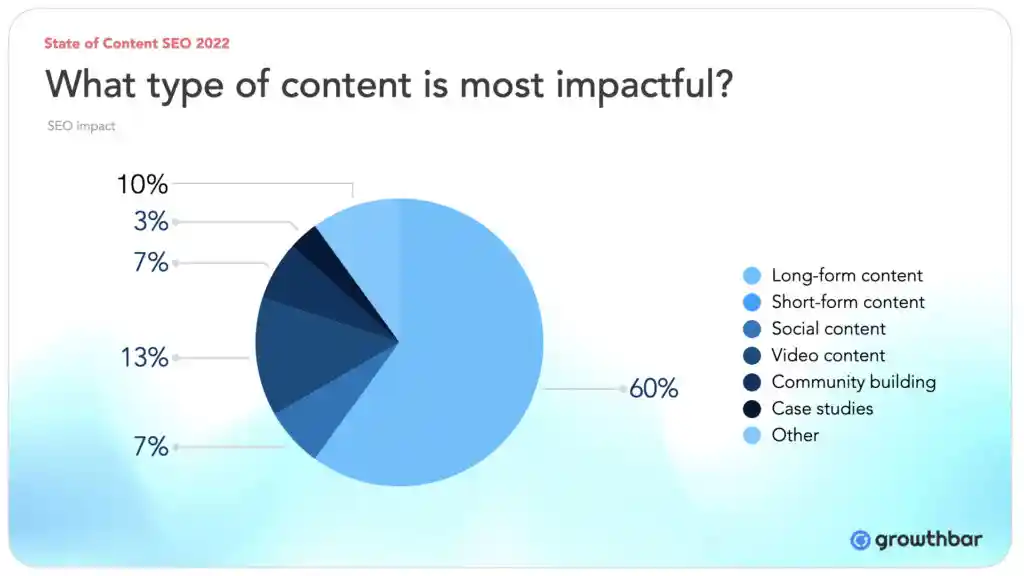
Source: GrowthBar
While short-form videos like TikToks, Reels, and YouTube Shorts deliver high-impact moments, longer videos excel at building trust and providing value through in-depth storytelling or education. The data reflects this dual success:
- The average video retention rate is 54%, while videos shorter than 60 minutes have a slightly higher retention rate of 62%. Source
- Platforms like TikTok and Instagram Reels are driving the adoption of short-form videos, embraced by nearly 60% of small businesses. Source, Source
Brands that master both formats can maximize their reach while meeting the distinct expectations of different audience segments.
Key Takeaway
If content marketing is a marathon, then video content is the fuel that keeps brands ahead of the competition. From creating snackable moments to delivering deep-dive tutorials, video content satisfies every stage of the customer journey. Incorporating both short-form and long-form formats ensures your brand remains versatile and effective across platforms and audiences. By investing in high-quality, authentic video content, businesses can deepen connections with their audiences while achieving measurable, long-term results.
Pro Tip:
Don’t just produce video—think strategically about distribution. Repurpose content into blogs, social posts, or email campaigns, and optimize each video for search engines by integrating high-performing keywords, metadata, and captions. This not only broadens your content’s reach but also ensures it remains discoverable over time.
Why Long-Form Content Holds Its Ground in B2B Strategies
In the fast-paced digital marketing landscape, where short-form content and bite-sized visuals often dominate, long-form content continues to command a unique and powerful position in B2B marketing strategies. Why? Because decision-makers in the B2B space demand substance—detailed insights, actionable data, and content that supports their complex purchasing processes. These in-depth resources not only build trust but also position your brand as a go-to authority in your industry, making them an essential part of a well-rounded content plan.
- 56% of B2B marketers intend to ramp up their production of blog posts and thought leadership articles in the coming years. Source
- Content marketing generates about three times as many leads compared to traditional marketing but costs 62% less. Source
- 80% of businesses prefer researching vendors through written content before engaging further. Source
- Most B2B buyers consume at least 10 pieces of content before finalizing a purchasing decision. Source
Key Takeaway
Long-form content doesn’t just survive in the age of snackable media; it thrives. B2B buyers don’t make impulsive decisions—they seek depth, credibility, and expertise, all of which well-crafted long-form content delivers. Whether it’s a whitepaper offering actionable insights or a research report addressing real-world industry challenges, these assets work as silent salespeople, nudging prospects further down the funnel.
Pro Tip:
Don’t just aim for longer content—strive for smarter content. Leverage analytics to identify the pain points your target audience cares about, then create resources that directly address those needs. Incorporate visuals like infographics or charts to break up text, and don’t forget to ensure your content is optimized for SEO to amplify its reach. For businesses looking to streamline their digital efforts and maximize ROI, exploring full-service marketing solutions can offer a comprehensive approach to achieving long-term success.
The Enduring Value of Foundational Content Formats
Certain content formats remain consistently valuable. These evergreen formats, such as whitepapers, e-books, and case studies, provide in-depth information and build trust with potential customers. They serve as valuable resources that can be leveraged throughout the customer journey and offer long-term value.
- Articles/blog posts, white papers, and videos are considered the three most valuable content marketing types for moving prospects through the sales funnel by B2B marketers. Source
- Content marketing is most helpful for B2B marketers at the top of the funnel, with 87% reporting that it helped them create brand awareness in the last 12 months. Source
- 74% say it helped generate demand/leads; 62% say it nurtured subscribers/audience/leads; 52% say it grew loyalty with existing clients/customers; and 49% say it helped generate sales/revenue. Source
Key Takeaway
The lasting value of whitepapers, ebooks, and case studies lies in their ability to educate, inform, and build trust with your audience. These formats provide in-depth information that can be used to nurture leads and drive conversions. Create a library of evergreen content that addresses common customer pain points and provides valuable insights to establish your brand as a thought leader in your industry.
Email Marketing: A Consistent Channel for Long-Term Engagement
Email marketing remains a highly relevant and effective channel for content distribution and engagement. Email newsletters and well-crafted email campaigns continue to be essential components of successful content marketing strategies because they allow for direct, personalized communication with a target audience over an extended period.
- The top five formats B2B marketers use to distribute content are email (93%), social media (92%), blogs (79%), in-person events (56%), and webinars/webcasts/virtual events (55%). Source
- The most common types of emails B2B organizations use in their content marketing efforts include event emails (63%), lead nurturing (51%), monthly newsletters (48%), automated confirmation emails (45%), drip campaigns (45%), promotional emails (42%), and ad hoc newsletters (31%). Source
- Organizations that are most successful in B2B content marketing use an average of four types of emails, while the least successful use only three. Source
Key Takeaway
Email marketing continues to be a cornerstone of content distribution, offering a direct and personalized way to engage with audiences. The variety of email types employed by successful organizations highlights the importance of a diversified email strategy. Segment your email list and tailor your email content to specific audience segments for improved engagement and conversion rates. Focus on providing valuable, relevant content in each email to maintain long-term subscriber engagement.
Thought Leadership: Building Trust and Respect Over Time
Creating thought leadership content is a powerful way to establish credibility, build brand reputation, and foster tr
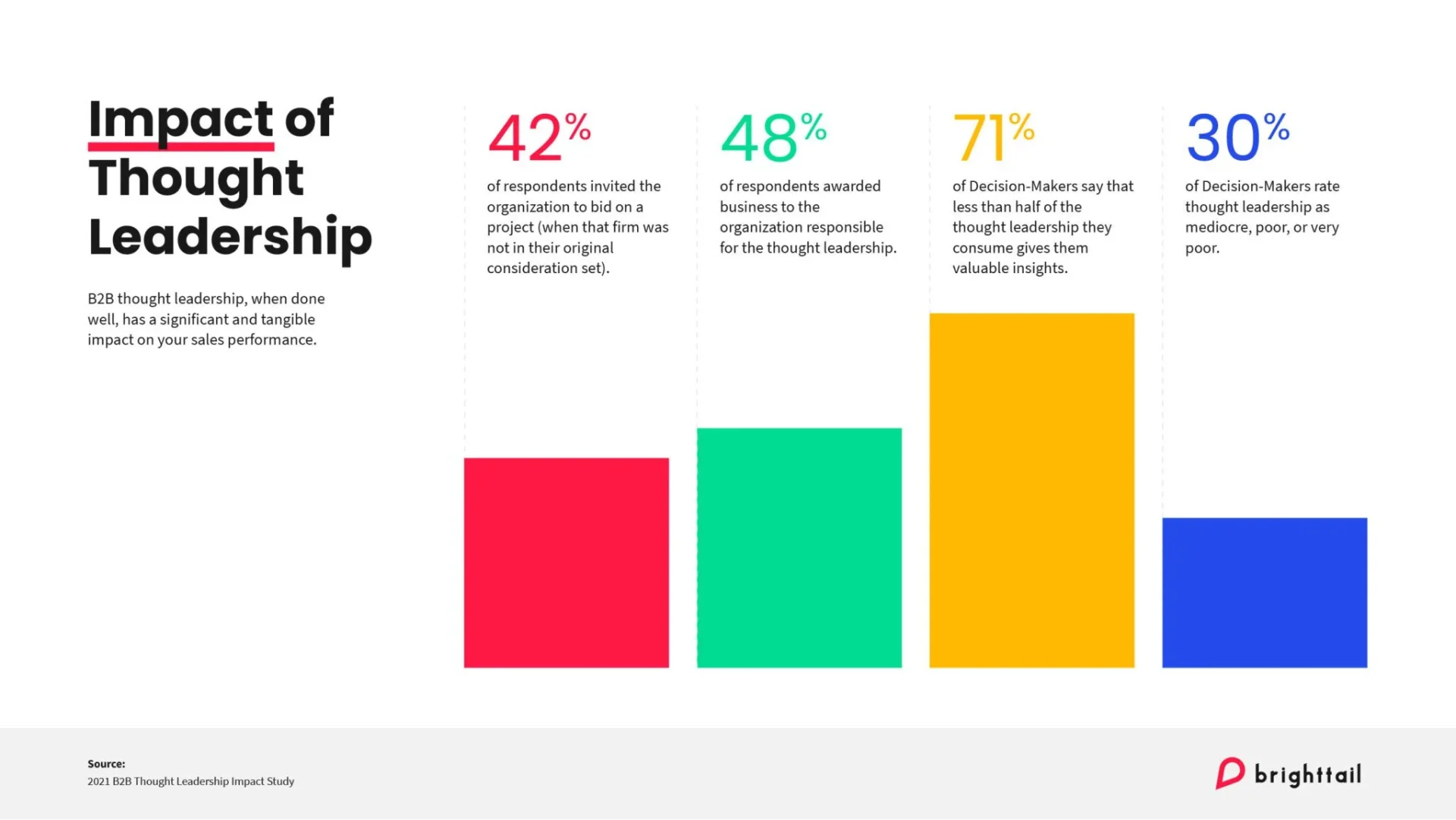
Source: Brighttail
ust with your audience. By sharing valuable insights and expertise, you can position yourself as a leader in your industry.
- 60% of creators who publish thought leadership content believe it boosts their organization’s brand reputation. Source
- 88% of business decision-makers report increased respect and admiration for organizations that demonstrate thought leadership, with this figure rising to 89% among C-suite executives. Source
Key Takeaway
Investing in thought leadership is a strategic move for building lasting brand equity and fostering trust with key decision-makers. Sharing valuable insights can significantly enhance your organization’s reputation and influence within your industry. Consistently create and share thought-provoking content across various channels to establish yourself as a trusted authority and gain a competitive edge.
Paid Promotion: Amplifying Content Reach and Longevity
While creating high-quality content is essential, leveraging paid promotion can significantly extend its reach and content lifespan. Strategic use of paid channels can help you reach a wider audience, drive more traffic, and achieve your content marketing goals.
- 84% of B2B marketers utilize paid channels for content distribution. Source
- Among those using paid channels, the most popular options include:
- For B2B marketers, SEM/PPC is considered the most effective paid channel (61%), followed by social media advertising/promoted posts (49%), sponsorships (48%), and digital display advertising (35%). Source
Key Takeaway
Paid promotion can be a game-changer for extending the lifespan and impact of your content. By strategically investing in paid channels like social media advertising and SEM/PPC, you can reach a wider audience, drive more traffic, and achieve your content marketing objectives. Carefully analyze your target audience and choose the paid channels that are most likely to reach them effectively, ensuring a strong return on your investment. For businesses looking to develop a robust strategy, combining paid promotion with a broader B2B website strategy can amplify results and create a sustainable, long-term impact.
The Enduring Value of Foundational Content Formats
Certain content formats remain consistently valuable. These evergreen formats, such as whitepapers, e-books, and case studies, provide in-depth information and build trust with potential customers. They serve as valuable resources that can be leveraged throughout the customer journey and offer long-term value.
- Articles/blog posts, white papers, and videos are considered the three most valuable content marketing types for moving prospects through the sales funnel by B2B marketers. Source
- Content marketing is most helpful for B2B marketers at the top of the funnel, with 87% reporting that it helped them create brand awareness in the last 12 months. Source
- 74% say it helped generate demand/leads; 62% say it nurtured subscribers/audience/leads; 52% say it grew loyalty with existing clients/customers; and 49% say it helped generate sales/revenue. Source
The lasting value of whitepapers, ebooks, and case studies lies in their ability to educate, inform, and build trust with your audience. These formats provide in-depth information that can be used to nurture leads and drive conversions. Create a library of evergreen content that addresses common customer pain points and provides valuable insights to establish your brand as a thought leader in your industry.
Email Marketing: A Consistent Channel for Long-Term Engagement
Email marketing remains a highly relevant and effective channel for content distribution and engagement. Email newsletters and well-crafted email campaigns continue to be essential components of successful content marketing strategies because they allow for direct, personalized communication with a target audience over an extended period.
- The top five formats B2B marketers use to distribute content are email (93%), social media (92%), blogs (79%), in-person events (56%), and webinars/webcasts/virtual events (55%). Source
- The most common types of emails B2B organizations use in their content marketing efforts include event emails (63%), lead nurturing (51%), monthly newsletters (48%), automated confirmation emails (45%), drip campaigns (45%), promotional emails (42%), and ad hoc newsletters (31%). Source
- Organizations that are most successful in B2B content marketing use an average of four types of emails, while the least successful use only three. Source
Key Takeaway
Email marketing continues to be a cornerstone of content distribution, offering a direct and personalized way to engage with audiences. The variety of email types employed by successful organizations highlights the importance of a diversified email strategy. Segment your email list and tailor your email content to specific audience segments for improved engagement and conversion rates. Focus on providing valuable, relevant content in each email to maintain long-term subscriber engagement.
Thought Leadership: Building Trust and Respect Over Time
Creating thought leadership content is a powerful way to establish credibility, build brand reputation, and foster tr

Source: Brighttail
ust with your audience. By sharing valuable insights and expertise, you can position yourself as a leader in your industry.
- 60% of creators who publish thought leadership content believe it boosts their organization’s brand reputation. Source
- 88% of business decision-makers report increased respect and admiration for organizations that demonstrate thought leadership, with this figure rising to 89% among C-suite executives. Source
Key Takeaway
Investing in thought leadership is a strategic move for building lasting brand equity and fostering trust with key decision-makers. Sharing valuable insights can significantly enhance your organization’s reputation and influence within your industry. Consistently create and share thought-provoking content across various channels to establish yourself as a trusted authority and gain a competitive edge.
Paid Promotion: Amplifying Content Reach and Longevity
While creating high-quality content is essential, leveraging paid promotion can significantly extend its reach and content lifespan. Strategic use of paid channels can help you reach a wider audience, drive more traffic, and achieve your content marketing goals.
- 84% of B2B marketers utilize paid channels for content distribution. Source
- Among those using paid channels, the most popular options include:
- For B2B marketers, SEM/PPC is considered the most effective paid channel (61%), followed by social media advertising/promoted posts (49%), sponsorships (48%), and digital display advertising (35%). Source
Key Takeaway
Paid promotion can be a game-changer for extending the lifespan and impact of your content. By strategically investing in paid channels like social media advertising and SEM/PPC, you can reach a wider audience, drive more traffic, and achieve your content marketing objectives. Carefully analyze your target audience and choose the paid channels that are most likely to reach them effectively, ensuring a strong return on your investment. For businesses looking to develop a robust strategy, combining paid promotion with a broader B2B website strategy can amplify results and create a sustainable, long-term impact.
Conclusion
The data is clear—investing in content with a longer lifespan, such as blogs, video content, and long-form articles, is not just a strategy; it’s a cornerstone of sustainable marketing success. By prioritizing evergreen formats and consistency in content creation, businesses can drive remarkable ROI, establish thought leadership, and maintain a competitive edge in their respective industries. Regular updates, strategic use of video, and a focus on audience-specific insights transform content into an enduring asset that keeps delivering value over time.
What’s more, as audience behaviors evolve, so should your approach. Pair foundational content types with a mix of innovative formats like short-form videos or interactive case studies to maintain relevance. And don’t overlook the power of paid promotion to amplify your reach and extend the impact of your efforts.
Ready to boost your traffic and grow your website? Your customers are looking for you, and our SEO services can help you be found across search engines. Let’s work together to maximize the lifespan of your content and turn your strategy into measurable success.
About Content Types with the Longest Shelf Life
This guide was written by the Scopic Studios team and reviewed by Araksya Hakobjanyan, SEO Lead at Scopic Studios.
Scopic Studios delivers exceptional and engaging content rooted in our expertise across marketing and creative services. Our team of talented writers and digital experts excel in transforming intricate concepts into captivating narratives tailored for diverse industries. We’re passionate about crafting content that not only resonates but also drives value across all digital platforms.
Note: This blog’s feature image is sourced from Freepik.










